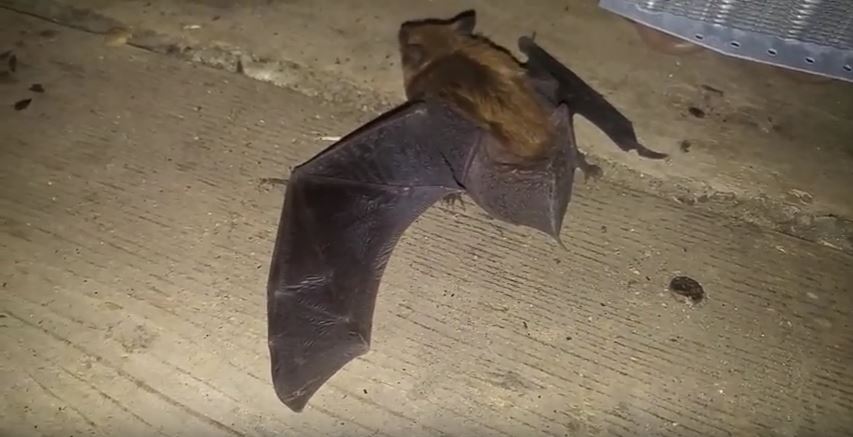Biology of Big Brown Bat: Appearance, Biology, Life Cycle, Habitat, Diet, Behavior

The big brown bat is a unique animal that is native to the Caribbean, Northern South America, as well as North America. It is about 10-13 cm with an adult weighing between 14-16g in total weight. This bat’s long fur is shiny brown, but the ears, face, and feet range from dark brown to black in color. Generally, these bats are nocturnal in nature but like to roost in caves and in any loose bark that they can find. They are also known to roost in manmade structures, including old buildings and barns.
The big brown bat’s diet is mostly comprised of night insects like moths, but it is also known to have a big appetite for wasps, flying ants and beetles. These bats tend to mate from the onset of November through to the month of March. Just like most bats, the males will separate from the females after the breeding season. The females head to what is called maternity or nursery colonies where they give birth and raise their young ones. Overall, studies indicate that the nursery colonies are typical to all types of bats known to mankind.
It is important to take note that these particular colonies will relatively vary with some being 20 animals, whereas others can hold up to 200 animals. Importantly, the females do hold onto the sperm until the spring and then give birth to 1 or 2 pups. In all cases, the little babies are born blind and have no fur on their bodies. As for flying, they begin when they are one month old or six weeks after they are born. Nevertheless, the pups are usually prone to predators like snakes, raccoons and rats, so the roost is chosen carefully to avoid any death or loss.
The one thing that makes the big brown bat unique is that they can live up to 20 years, especially if they store enough fat during winter. They are known to fly at very high speeds with some recorded at 40mph, and it is uses echolocation to avoid hitting any obstacles in its way during flights. The big brown bats can live and survive in almost every habitat you can think of and these include: forests, meadows, cities, deserts, and also mountains. This means they can be found almost everywhere and are not as rare as some other types and are not a conservation concern.
Go back to the How to Get Rid of Bats page or email us if you have any other questions about Biology of Big Brown Bat: Appearance, Biology, Life Cycle, Habitat, Diet, Behavior
About Us
We are the Pest Education Network, a non-profit organization that focuses on wildlife and pest removal education. Our approach utilizes Integrated Pest Management, a strategy advocating prevention and humane methods.


